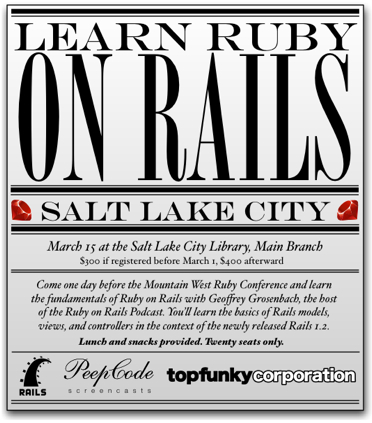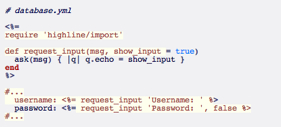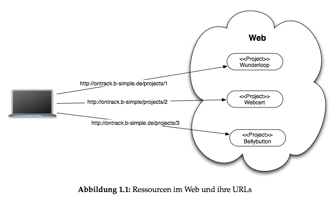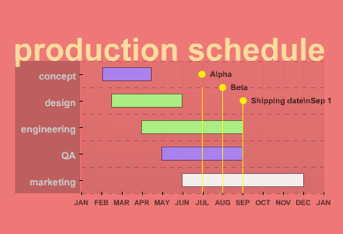By Peter Cooper / January 19, 2007
No editorial on this, as I want to get it out quick, and I know some readers aren’t subscribers to the official Rails blog.. but.. Rails 1.2 has just been released! Or, more accurately, Rails 1.2.1, as the obligatory bug-fix release followed on a little more quickly than usual :) You might want to get it straight away before the servers melt down with the rush tomorrow. Just use gem install rails –include-dependencies as usual.
David Heinemeier Hansson has put together a great, info packed post about what to expect and looks at some of the new features. Read More








